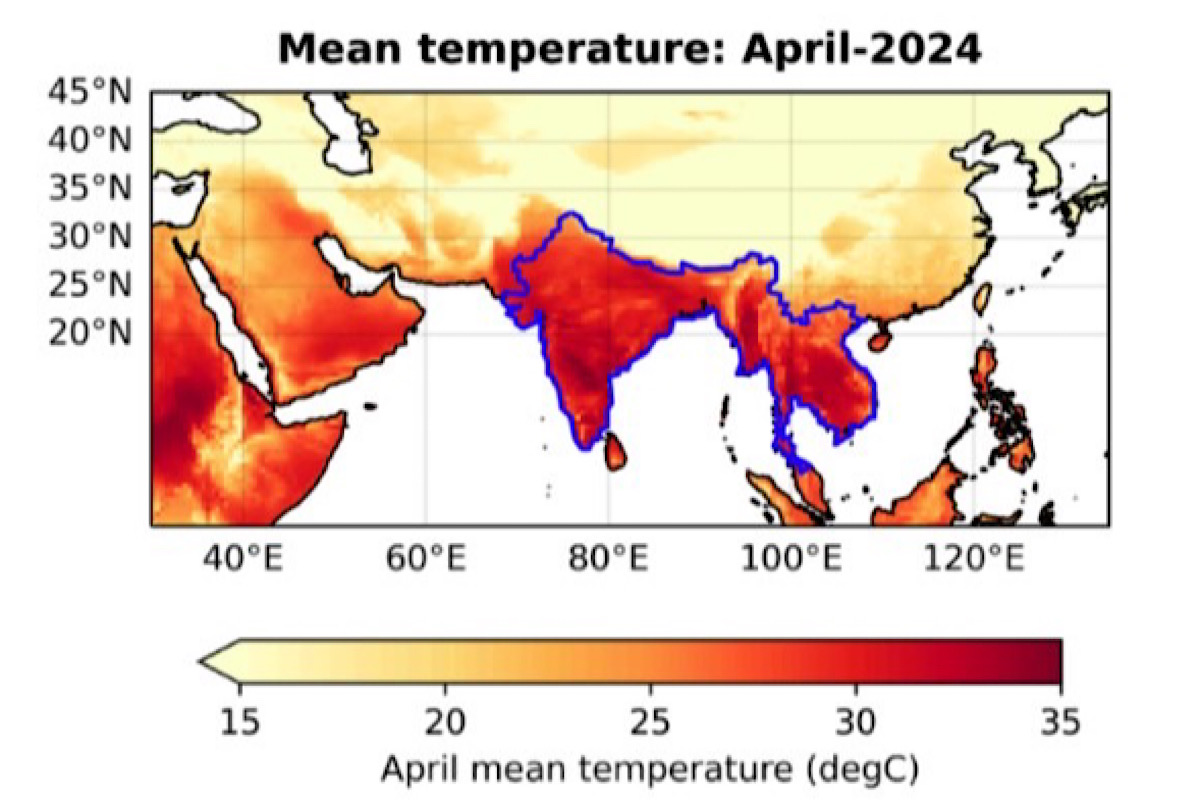As India goes through another gruelling summer, it becomes increasingly evident that the nation’s cities have become perilous “heat traps,” exacerbated by unbalanced urban development and climate change. This alarming trend is a clear indication of the urgent need for sustainable urban planning and robust climate action. Indian cities, particularly in the northwestern and central regions, are enduring some of the longest and most intense heat waves in recent memory.
For over a month, daily temperatures in Delhi have soared above 40 degrees Celsius, with the heat index making it feel even hotter. This relentless heat is not just uncomfortable; it is deadly. Dozens of lives have already been lost to the scorching temperatures this year. One of the primary reasons for this intensifying heat is the unbalanced growth of urban areas. As cities expand, they often do so at the expense of natural landscapes, including vital water bodies and wetlands. These areas historically acted as natural cooling systems, absorbing heat during the day and releasing it slowly at night. However, their reduction has led to a significant increase in urban heat retention, making nights nearly as oppressive as the days. Moreover, the proliferation of impervious surfaces, such as concrete and asphalt, has exacerbated the problem.
Advertisement
These materials absorb and retain heat, contributing to the urban heat island effect. Coupled with rising greenhouse gas emissions, the result is a vicious cycle of increasing temperatures and deteriorating living conditions. The lack of adequate nighttime cooling is particularly concerning. Studies have shown that while urban areas used to cool down significantly at night, the temperature differential has decreased in recent years. This means that people living in these cities have little opportunity to recover from the daytime heat, leading to increased health risks and decreased productivity. In response, various Indian states have implemented heat action plans, including measures such as providing drinking water, enhancing medical facilities, and rescheduling outdoor work and school vacations.
While these efforts are commendable, they fall short of addressing the root causes of the problem. Long-term strategies are essential to make cities more resilient to extreme heat. One crucial aspect of such strategies is the enhancement of building insulation. Improving the thermal performance of buildings can significantly reduce indoor temperatures, making living conditions more bearable during heat waves. Additionally, developing shelters for the urban poor and investing in cooling water bodies can provide much-needed relief to vulnerable populations.
However, these plans require substantial financial backing. Many cities are already struggling with their budgets and lack the resources to implement comprehensive heat mitigation measures. Therefore, it is imperative for the government to prioritise funding for climate resilience projects. Investing in sustainable urban infrastructure is not just an environmental necessity but also a public health imperative. India’s cities stand at crossroads. The choice is clear, but the window for action is rapidly closing. It is time for a concerted effort to transform our cities into havens of climate resilience and sustainability









